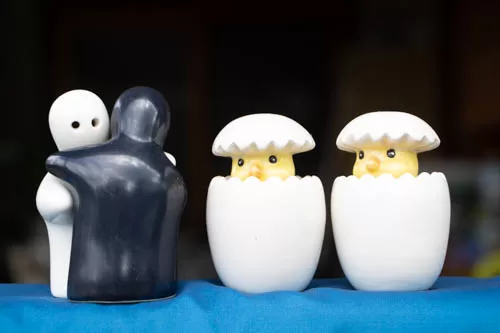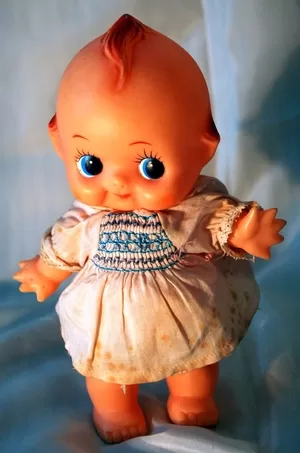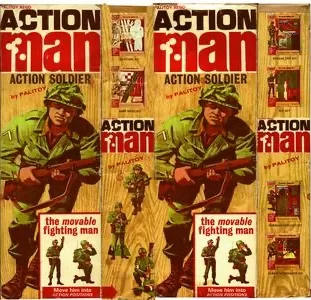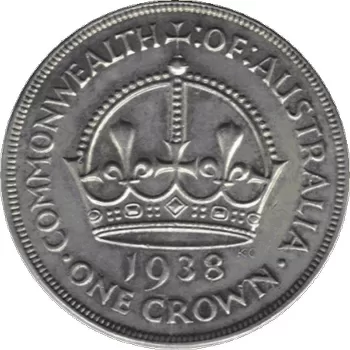You can bring some fun to mealtimes and start an intriguing collection by specializing in novelty cruet sets. You can even join a club of like-minded enthusiasts.
Victorian mealtimes were formal affairs with immaculate cloths, gleaming silver, and glittering glassware. Salt, pepper and other condiment containers were usually made of glass and set in silver or silver-plated holders that were known as cruets.
As the century drew to a close, manners and mealtimes became more relaxed and the stately cruet gave way to the less formal alternative of salt and pepper shakers, with or without the addition of a lidded mustard pot.
Perhaps the first unusual ones were German imports and, although these are nowadays classed as novelties, they were finely made in porcelain. They often took the shape of a central figure of a boy or girl, with a basket on each side containing the salt and pepper.
Some sets were made as souvenirs for the traveller and can be found with the transfer printed message ‘A souvenir from…’.
A common shape was that of binoculars, the removeable cylindrical shakers being set in the eyepieces. Shakers were often decorated with coloured transfers of scenic views, such as ‘Holyhead, South Stack’. Others were in the shape of small boats, gondolas or lighthouses.


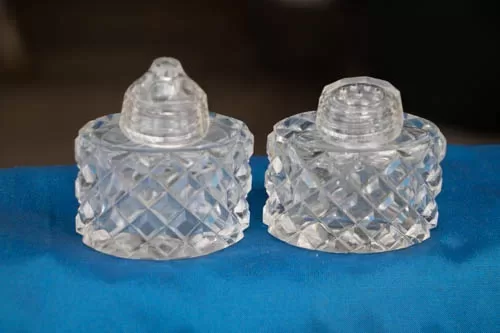

Containers in the shape of fruit and vegetables have always been popular as tableware and this extends to shakers. You can find shakers in the shape of cauliflowers, tomatoes, apples, pineapples, strawberries, grapes and bananas.
Oddly enough, fruit (which needs no salt) seems to outnumber vegetables.
Flowers were not ignored either. Charming shakers were, for example, made to resemble pansies or roses.
Other food-related shakers are shaped like loaves, wedges of cheese and, appropriately enough, eggs in egg cups.
Transport was a popular subject, with cars and ships dominating. Souvenir sets decorated with a town crest are sought after.
Planes and steam engines are rarer, as are wartime shakers featuring submarines or zeppelins. Covered wagons and stagecoaches also appeared, while donkeys and carts were made in large numbers.
Shakers with domestic appeal include those in the form of cottages, beehives, sheaves of corn and haystacks.
Figural shakers were imported in large numbers from Japan and Germany, as well as being made in Britain. The people depicted range from jolly monks and cheerful dwarves to coy children or colourful American Indians.
Nudes have always been popular and these are usually found reclining provocatively. Saucy shakers were also made and usually featured a couple in a naughty posture. Some shakers were modelled as complete figures, others merely as heads.
The animal kingdom was not forgotten either. Ducks, hens, owls, pheasants and penguins, dogs, cats, squirrels, elephants and pigs were all made in large numbers.
Miniature shakers were made as novelty items or for use on a breakfast tray, as they are too small to hold much salt and pepper.
Novelty salt and pepper shakers are amusing and are therefore great fun to collect. Much of their pleasure lies in sharing them with others – guests will remark on them at the meal table, and a shelf or cabinet display will also prove a lively conversation piece.
Salt and Pepper Shaker Collector’s Notes
Salt and pepper shakers are easily found at antiques fairs, car boot sales and at local auctions. Some dealers specialize in them and a whole stall of shakers can look quite stunning.
It is perhaps the ceramic salt and pepper shakers made from the 1930s onwards that are the most colourful, imaginative and most easily found today.
Some sets consist of a salt and pepper shaker with or without a stand, other sets include a lidded mustard pot. There is such variety it is hard to know where to start.
Some collectors aim at a theme, perhaps transport or figural, while others collect those made by a particular factory such as Carlton, Royal Winton (Grimwades) or Beswick.
Which ceramic factories made collectible salt & pepper shakers?
The Japanese produced shakers in huge quantities and the best known are those by Marutomo. These are extremely colourful and can be found fairly easily and reasonably cheaply. Less readily available and more expensive are those made by Noritake.
The Goebel factory produced a series of cheerful monks – the Cardinal condiment set and shakers can be found in both brown and red habits, the latter being more collectable.
Beswick made figures, including a Sairey Gamp pepper and a Mr Micawber salt shaker, and Laurel and Hardy as a pair.
Royal Winton produced several versions of cottages, and also made water mills, beehive and pixie sets.
Flowers were featured in sets such as Primula and Gera (based on the geranium) while they also produced ‘chintz’ patterned shakers in a huge variety of designs.
Carlton ware shakers include those based on leaf forms, flowers and vivid red tomatoes. They also produced bird sets, the best known being a pair of pheasants. Look out, too, for their three-piece Toby Family cruet set, based on Toby jug characters.
Some shakers are not readily identifiable as a pair and if you buy one as a single, it can be difficult to work out what its companion should be.
For example, a scrum-capped head would accompany a rugby ball, a pair of fish go with a fishing reel and so on.
‘Nodding’ cruets
‘Nodding’ cruets have been popular from the turn of the century. The majority of these have a hollow, oblong base set with two large holes intended to take the salt and pepper containers.
The shakers were usually figural and sat loosely in the holes, supported on two lugs which allowed them to rock gently when the base was moved.
Among animal shakers, frogs, dogs and fish are extremely collectable, while figural shakers such as nudes and ‘naughties’, clowns, pixies, elves, gnomes and dwarves are also sought after.
Nursery rhyme and Disney characters are worth searching for; look out for Humpty Dumpty and Mickey Mouse figures. Cottages are also popular.
Read articles and references:
Good standards are Warman’s English & Continental Pottery & Porcelain (Susan and Al Bagdade), and Marks & Monograms on European and Oriental Pottery and Porcelain (William Chaffers).
The New Maiolica: Contemporary Approaches to Colour and Technique by Matthias Ostermann; Hardcover
The Collector’s Encyclopedia of Majolica by Mariann Katz-Marks; Hardcover
Marvelous Majolica: An Easy Reference & Price Guide by Jeffrey Snyder; Paperback

